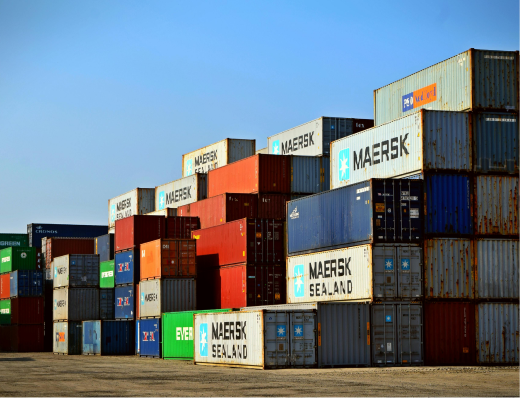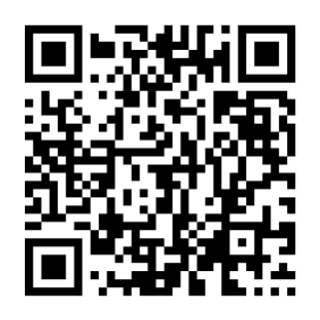Today’s supply chains span the earth like a big web. Global operations have never been more entangled, with serious implications when things go wrong.
For example, if food is contaminated at any point, or faulty parts are installed in a product, this can eventually impact thousands of people. Products have to be recalled before any damage is done. But how can we follow their path back through the maze of today’s supply chains, and identify affected products?
The answer is product traceability: the ability to track and trace a product throughout its lifecycle, from the raw materials to the end consumer.
Tracking every single item takes an enormous effort, which is where lot traceability systems come into play.
Let’s explore the advantages of this approach and find out how manufacturers can implement efficient product lot tracing with barcode systems.
What is lot traceability?
Lot traceability systems allow businesses to track and trace specific batches and lots of products or materials through the supply chain.
This is how it works: Each lot is assigned a unique identifier (a lot number). This lot ID is then used to record and monitor all relevant information, such as production date, materials used, and quality control checks. Like this, all production steps can be retraced, enhancing product safety and facilitating recall management.
Lot traceability enables tracking and tracing both upstream and downstream. Manufacturers can identify the affected production materials or ingredients in a faulty product, and simultaneously track other potentially affected product batches.
Lot traceability vs. serial traceability
But why not track every single product, like in serial traceability systems? Both approaches aim to track products through manufacturing and supply chains. Both involve assigning unique identifiers to items. However, they differ in the number of products they track and trace.
Lot traceability systems are designed for tracking groups of similar items produced together, whereas serial traceability is the result of tracking every individual item through its serial number.
Ensuring serial traceability is a heavy burden, making it appropriate only for high-value or highly regulated products. Lot traceability is concerned with the tracking of larger quantities, which can be done far more efficiently.
Why is lot traceability essential?
Lot traceability is considered non-negotiable in modern supply chains, and for good reasons. Not all of them are related to consumer safety. In fact, lot traceability also grants manufacturers valuable insights into workflow efficiency.
Let’s explore several key benefits of lot traceability.
Ensuring safety
Especially in industries like food and pharmaceuticals, whose products directly impact human health, lot traceability is essential for product safety. In case of a recall, tracing a problem back to its source can save lives. With the help of lot tracing, issues can be identified and addressed quickly.
Maintaining quality control
At quality control points, results are recorded in databases using the unique lot identifier. Like this, updates on product safety can be tracked throughout the supply chain. Up- and downstream product owners can then quickly identify quality issues and take corrective actions, improving overall product quality.
Meeting regulatory requirements
In many industries, lot traceability is required by regulation, such as the FDA’s Food Safety Modernization Act (FSMA).
The FSMA’s Food Traceability Rule (FTR) will require businesses handling foods on the FDA’s Food Traceability List (FTL) to assign a unique identifier, the Traceability Lot Code (TLC), to each batch or lot of food. Certain data about the lot must be recorded at key points in the supply chain and at every Critical Tracking Event (CTE).
As the FTR doesn’t come into effect until July 20, 2028, businesses still have time to research, implement, and test suitable traceability systems.
Rationalizing manufacturing operations
The data gathered with lot traceability systems enables manufacturers to identify the sources of quality problems quickly, address these issues, and boost operational efficiency. By identifying issues more rapidly and precisely, businesses can reduce the time to resolution, limit the scope of recalls, and reduce waste.
Deepening customer trust
Businesses can cultivate consumer trust by communicating their lot traceability efforts and the resulting enhancements to product safety and recall management. At the same time, consumers will indirectly feel the positive impact that lot traceability has on product safety, with fewer, more targeted, and more efficient recalls.
Enhancing lot traceability with a barcode system
By preventing safety incidents, an effective lot traceability system protects brand reputation and fosters consumer trust.
This is a vital competitive edge. To make the most of it, though, businesses need implementations that are both effective and efficient.
Enter barcodes – and mobile barcode scanning.
Barcodes offer the core functionality that lot traceability requires: they can encode unique identifiers. Standardized, globally recognized identifiers, such as the GS1 batch/lot number, are designed explicitly for barcodes. They can be encoded in both 1D barcodes (GS1-128) and 2D barcodes (GS1 DataMatrix, GS1 QR Code).
For manufacturers, barcode systems are the ideal solution for tracking and tracing, one that is globally recognized and interoperable. The only thing missing now is a suitable way to record and access the data.
In practice, manufacturers – all supply chain participants, in fact – must ensure that they are able to scan various barcode types at every critical point of production and distribution. For this, they need a versatile barcode scanning solution.
Choosing a suitable barcode scanner
Mobile barcode scanners unite the powerful cameras of smart devices with advances in machine-learning technology and image processing. The result is speedy, high-accuracy barcode scanning at any time and in every place.
The Scanbot Barcode Scanner SDK delivers top performance at a fixed price. The versatile SDK can be integrated into any web or mobile app, enabling smart devices to reliably scan all common 1D and 2D barcodes – even in harsh real-world conditions. It effortlessly scans even damaged or blurry barcodes, no matter the lighting or distance, making it the ideal choice for manufacturing environments.
Try it for yourself in our free barcode scanner demo apps – no registration needed – or message us at sdk@scanbot.io to discuss your use case!







